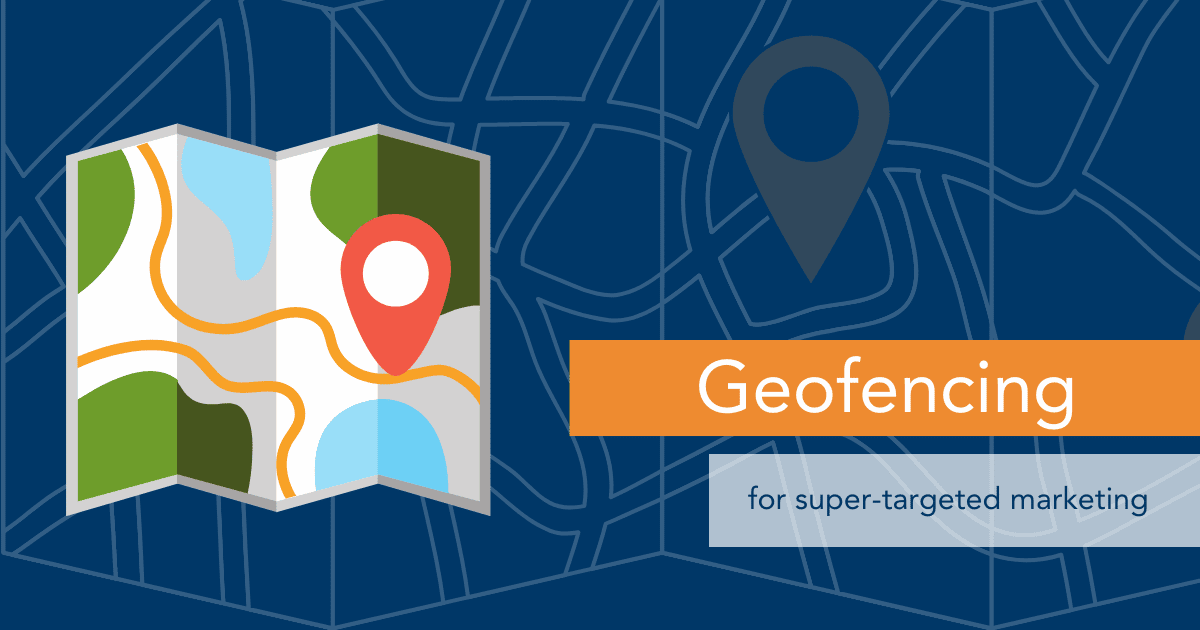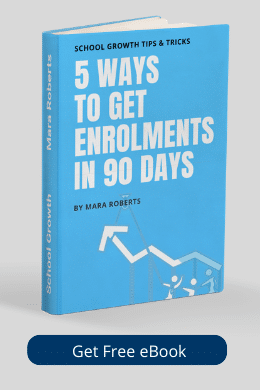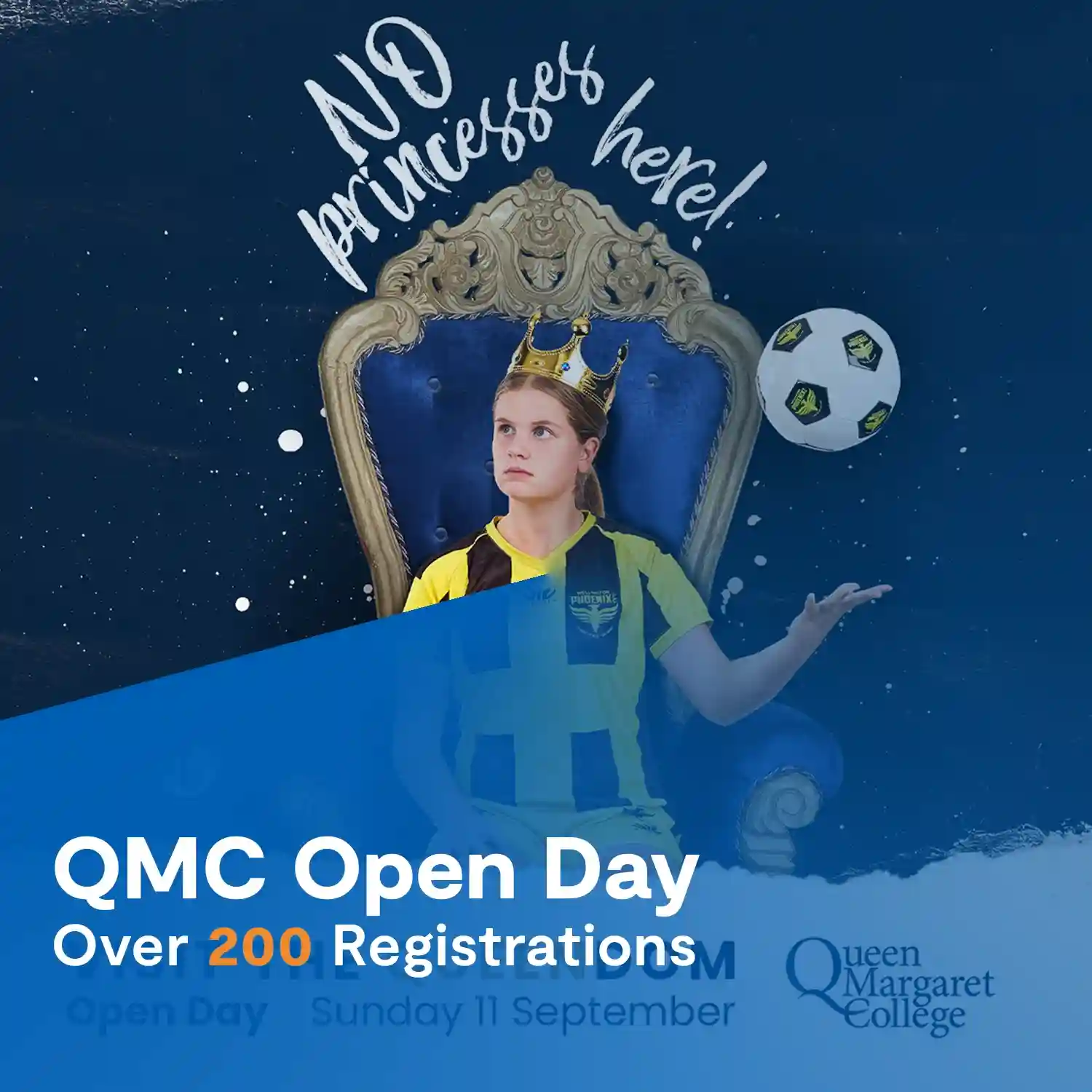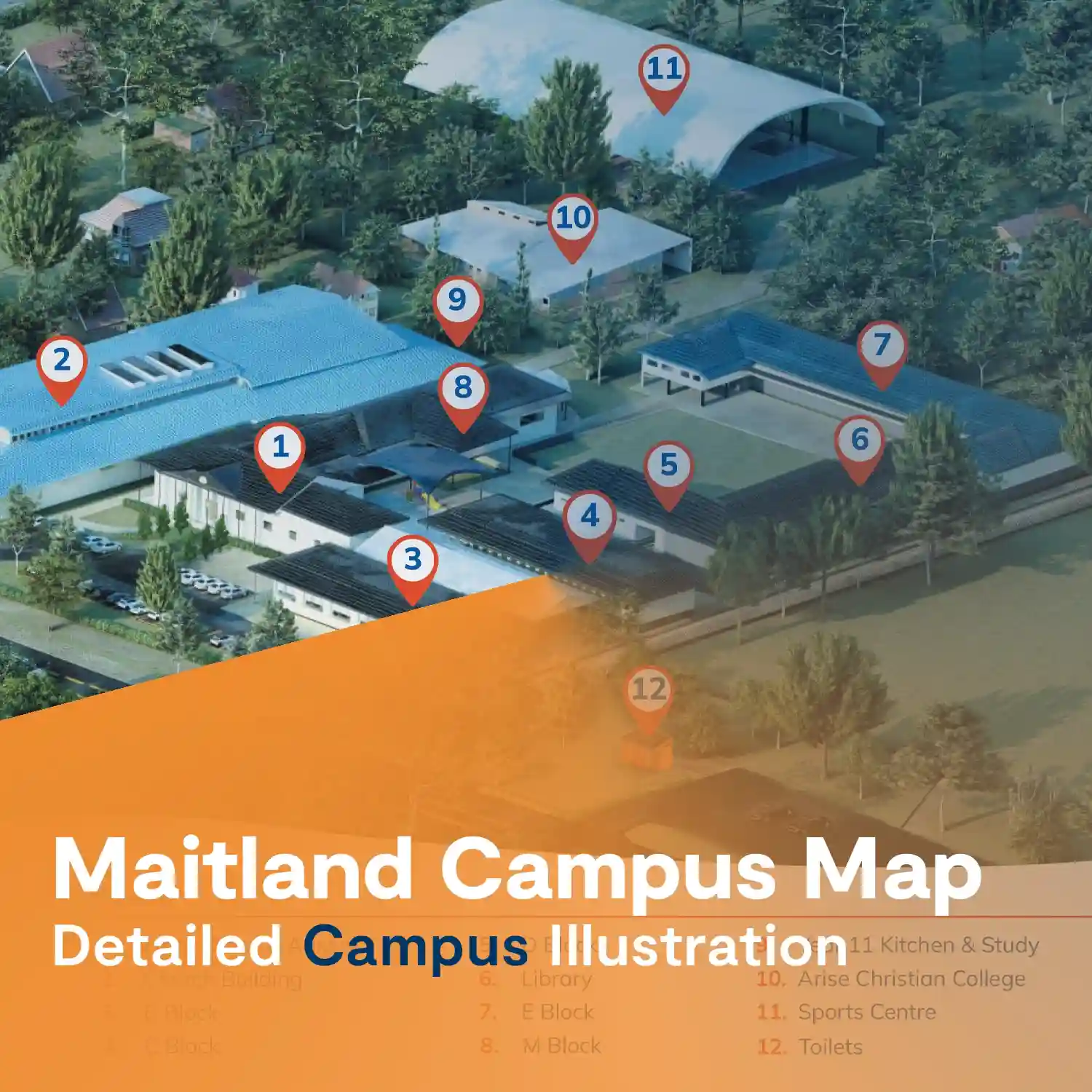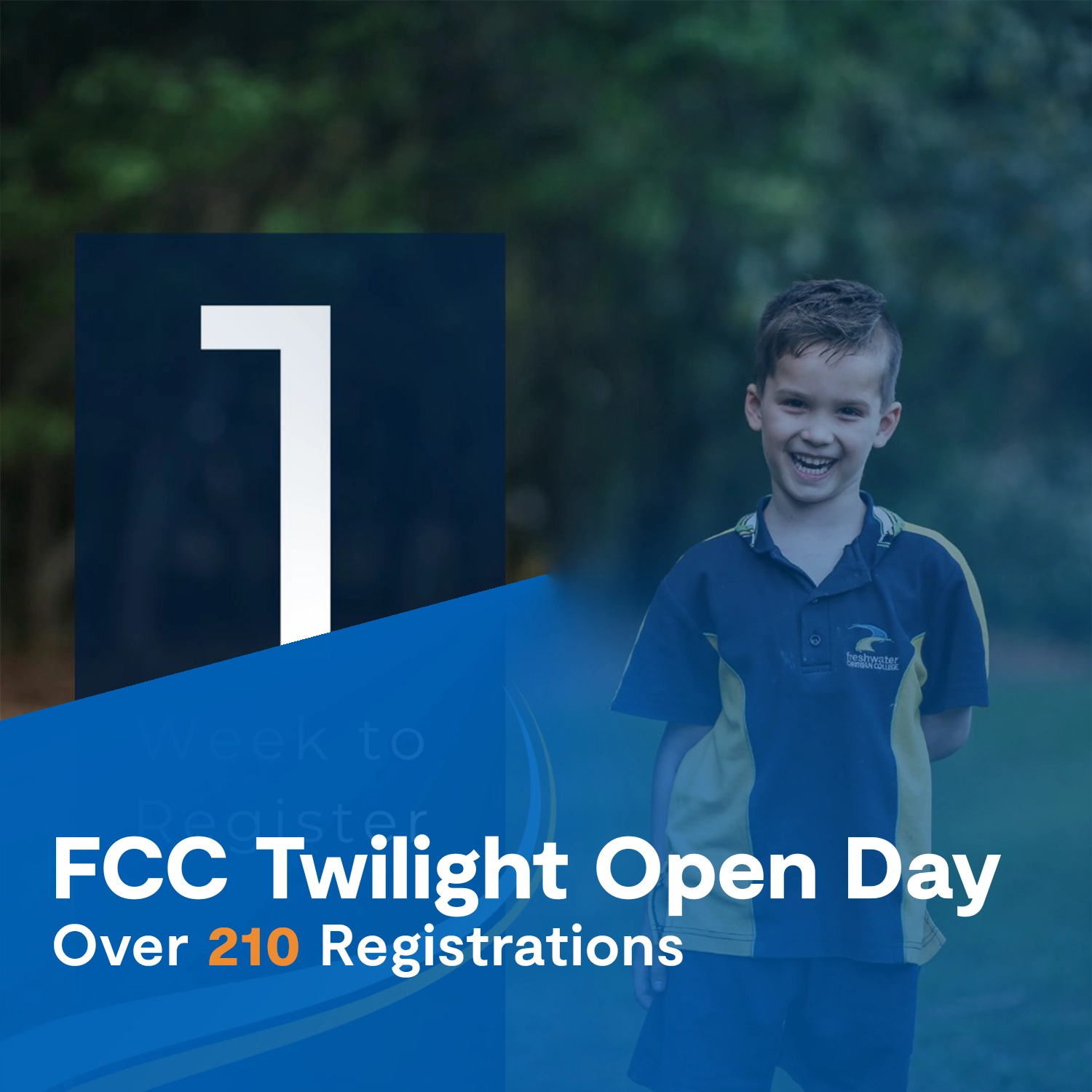What is Geofencing?
Geofencing allows you to draw a virtual fence around a location and send push notifications or show ads to people once they enter that area. This is done using location technologies to trigger an action when a mobile device enters or exits a virtual boundary.
How Can Schools Use Geofencing?
Retailers have been using Geofencing for many years to provide discount codes to people in their area or provide car wash vouchers to people in a specific car park, but how can schools harness the power of Geofencing? Here are a few ideas:
- Target the local primary school to advertise your secondary school open event.
- Branding your school to the local area.
- Targeting parents at drop-off and pick-up times with good news stories about your college.
- Targeting attendees to a local festival.
The Limitations of Geofencing
As exciting and innovative as Geofencing is, there are a few limitations you need to be aware of:
- Technically speaking, if it’s going to be called Geofencing, you need to have an app (whether your own or through a partner). You need everyone entering your location to have that app installed and location services enabled. This isn’t always practical for schools to achieve.
- Geofencing is limited to targeting people based on their location (if they are in the area, they are targeted). This makes it difficult to accurately target people in high-density areas, such as hotels in city centres. There is a way to add interest targeting in my alternative suggestions below.
- Geofencing only allows you one shot at reaching your targeted customer. Once they leave your location, you can’t re-target this audience. This isn’t great for school marketing as school decision-making is longer-term. See my suggestions below for another option.
Suggested Alternative
As mentioned above, Geofencing is done through mobile apps where the user has opted-in to location sharing. Instead, I like to use Geolocation Advertising which doesn’t require an app. It uses the power of location-based marketing in a way that has been proven more effective. It allows me to set up campaigns that reach people in a specific geographic location at a particular time and then re-target them further down the line. I can also layer my location-based targeting with interests and behaviours, making for a powerful targeting tool.
Have you ever lost your phone and used Google ‘find my device’ or searched for a local service using Facebook? You’ll quickly notice that Google and Facebook know your exact location at any part of the day. These platforms allow you to narrow down specific locations for your targeting and access to advertising on mobile apps, websites, Facebook, and Instagram, without needing your app with location permission to be installed on your audience’s phone. Expertly set up, these platforms allow you to set up Geolocation campaigns with a wider network to display ads on, greater reach and lower cost per click.
Questions regarding this article? Please email me at mara@robertsdigital.com.au

